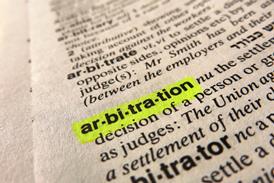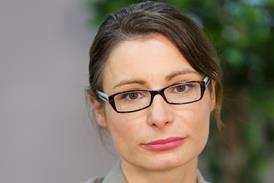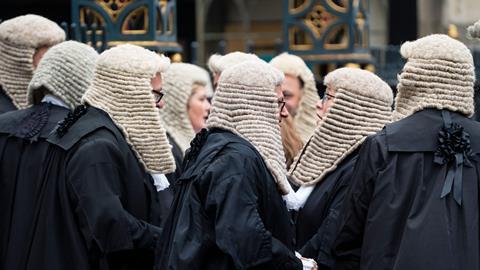This time last year I wrote a blog headlined ‘BAME breakdown reveals shameful progress on judicial diversity’. I struggled to come up with a different headline for this blog.
Judicial diversity statistics published yesterday continue to show no improvement in the proportion of judges who are black (1% since 2014).
For all legal exercises that closed between 1 April 2019 and 31 March 2022, recommendation rates from the eligible pool for black candidates were an estimated 75% lower than for white candidates (it was 73% lower for legal exercises between 1 April 2018 and 31 March 2021).
Black people represented 4% of applications but 1% of recommendations. Same as last year.
Only 1% of new judges in the courts between 1 April 2020 and 31 March 2021 were black. No new entrants in 2021-22 were black.
In slightly better news, black people represented 2% of new tribunal entrants in 2021-22, compared to 1% in 2020-21.
The Judicial Diversity Forum said it recognises the ongoing issues of concern that this year’s report highlights.
‘The JDF will analyse and use the new statistical report to inform its decision-making processes and future initiatives to further deliver on its commitment to expand judicial diversity.’
But we need more than platitudes. We need answers.
Why are black lawyers not applying to become a judge? How many black lawyers have received targeted support? How many of them were successful in becoming a judge?
How many black people are sitting on selection panels?
Where a legal exercise has black candidates, how does their statutory consultation feedback compare to feedback given for white candidates? Let us see (redacted) versions so we can judge for ourselves.
Judicial diversity may well be, as the lord chief justice described it last autumn, a complicated business that requires more than a recital of headline statistics. But we need to ask the right questions - and be honest and open about the answers.


































